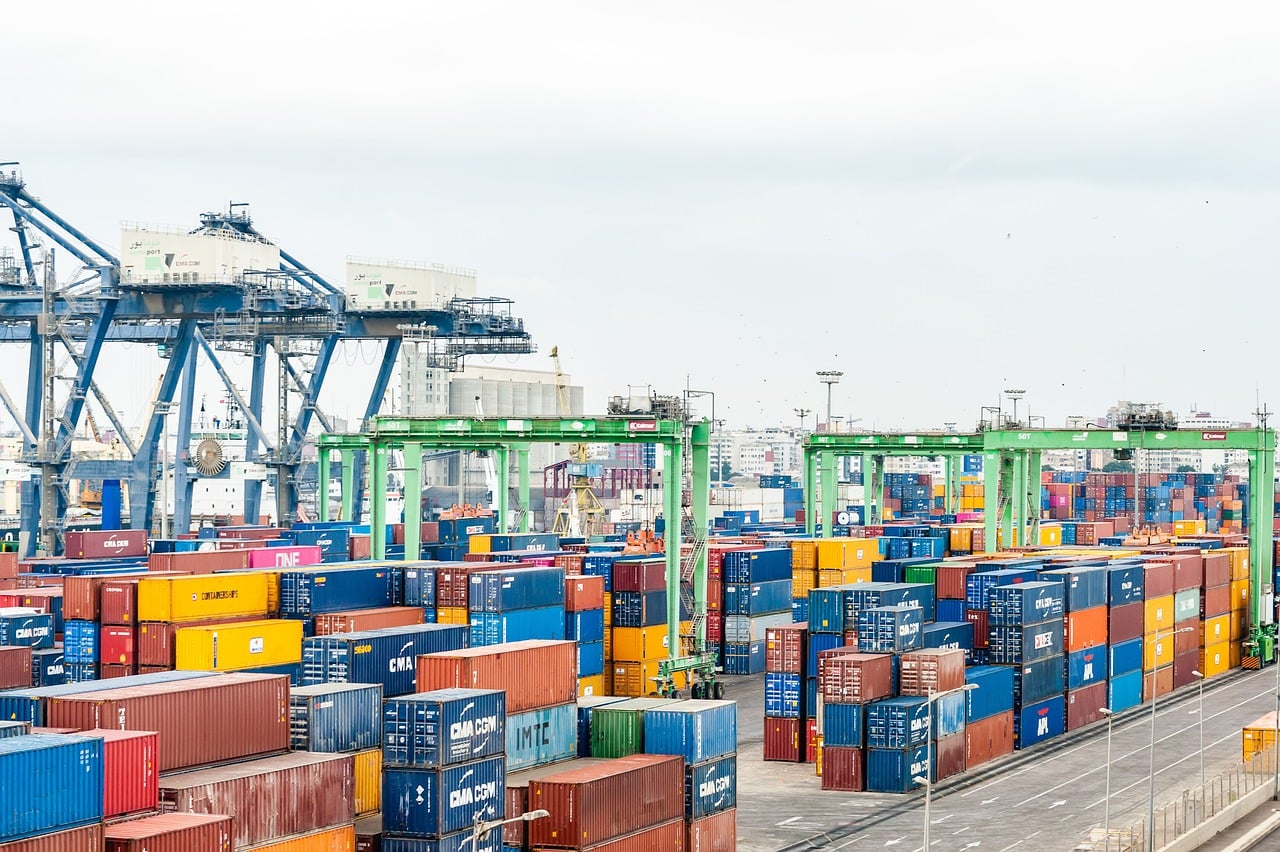
Global e-commerce thrives under sea freight with the pandemic dispelling any doubts about the central role that shipping plays in the global economy. As a result of the pandemic carriers have been enjoying their most lucrative period ever.
According to Freightos Baltics index in 2021 the average price of a shipping container from Asia to the US West Coast grew by 500% year-on-year, amounting to almost $20,000 for a 40-foot container, compared to less than $2,000 in early 2020.
Tatiana Vediakova a Research Analyst claimed that; “Several uncontrollable external factors have been causing transportation disruptions. Nonetheless, it has become apparent that ocean carriers’ poor risk assessment and failure to adapt effectively to post-2020 conditions have also aggravated supply chain issues.”
Vediakova went on to talk about the Suez Canal blockage being another example of events that should be wake-up calls for shipping firms. “The average size of a container ship has doubled in the past 20 years, with the largest ships now capable of hauling 24,000 containers.”
There are a number of positives that shipping companies claim maintaining mega ships does for them and the environment. It provides economies of scale, more fuel efficient and environmentally friendly. However, the drawbacks are its more inefficient due to longer shipment hours and the cranes operating at port will take longer loading and discharging times.
Reduction in Emissions
Across sea freight a number of companies in Asia Pacific that make disclosures about their carbon footprints grew compared to five years ago, driven by regulatory schemes. Developments around regulation around the reduction of greenhouse gas emissions are on track, both at national and international levels.
Maritime Nations like China, India, Japan, South Korea and Singapore are all International Maritime Organisation’s (IMO) member states and are therefore involved in the development of the IMO’s new greenhouse gas regulations.
With the importance of sea freight to our supply chain companies and countries now need to consider so many other things around sea freight and what it means to the global economy. Main factors are ensuring the global supply chain doesn’t suffer again and all gaps are filled accordingly and the impact sea freight has on the environment.